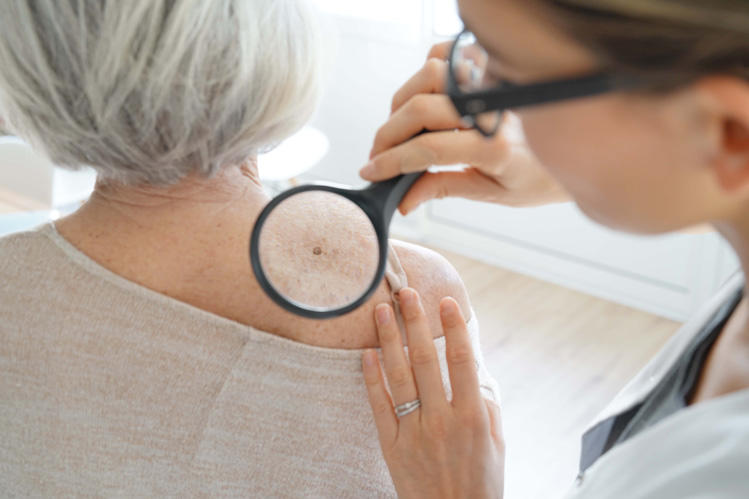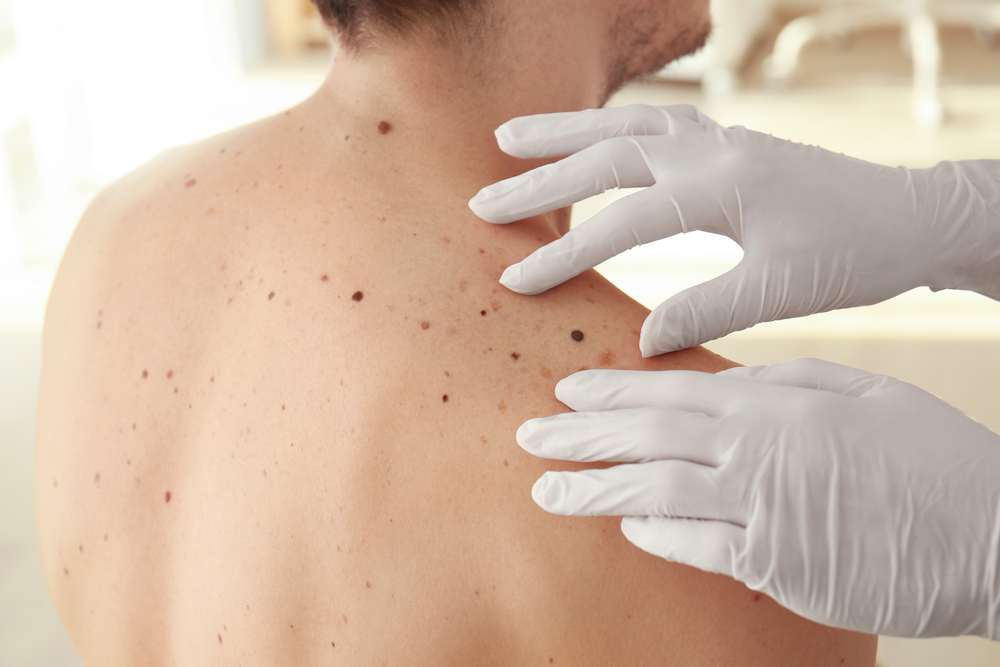Comprehensive Guide to Dermatology: Comprehending Acne, Mole Care, and Eczema Therapy
Unveiling the intricacies of these skin conditions-- their causes, symptoms, and therapy options-- can encourage any person to make prudent choices towards maintaining ideal skin health and wellness. Hold on, as what adheres to could well be the skin treatment knowledge you've been waiting for.
Comprehending the Skin: An Overview
Our skin, a complicated and multifaceted organ, offers as the body's main protection versus environmental elements. dermatologist near me. It guards us from unsafe ultraviolet rays, microorganisms, and toxic compounds, ensuring our internal systems continue to be uninjured. Comprising 3 layers - the skin, dermis, and hypodermis - it plays a vital function in keeping body temperature level, keeping fat, and supplying touch sensitivity
The epidermis, the outermost layer, has melanocytes that generate melanin, adding to skin shade and protecting against UV radiation. The dermis, the center layer, residences gland, hair follicles, and nerves. The innermost layer, the hypodermis, contains fat and connective cells. Comprehending the skin's structure is essential to understanding how it reacts to different conditions, consisting of skin-related concerns.
Comprehending the Causes and Symptoms of Acne
As we browse deeper into the world of dermatology, it comes to be crucial to comprehend specific skin problems, beginning with acne. Acne is an inflammatory skin condition that largely influences teenagers, but can occur at any kind of age. Reasons of acne are diverse, involving increased oil manufacturing, bacterial spreading, swelling, and irregular losing of dead skin cells.

Effective Acne Treatment Alternatives
A myriad of effective acne treatments exist, each targeting various facets of the problem's pathology. In serious situations, retinoids or hormonal therapies might be suggested to regulate skin cell turn over and balance sebum production. It's vital to seek advice from with a skin specialist to identify the most appropriate treatment strategy, as every person's skin reacts in a different way.
A Deep Dive Into Mole Treatment

Shifting emphasis to moles, there is much to take into consideration regarding their development, identification, and removal. The complexities of why and how moles create on the skin can offer informing understandings. Equally vital are the methods for determining different sorts of moles and the efficient procedures for their removal.
Recognizing Mole Development
Although mole development is a common incident, numerous stay uninformed of the procedure behind it. Moles, clinically referred to as melanocytic moles, are clusters of pigmented cells that frequently show up as little, dark areas on the skin. They can develop anywhere on the body, usually throughout childhood years and adolescence, and might alter in look or fade away in time. Formation is primarily influenced by genetic aspects and exposure to sunshine. A person's genetic proneness establishes the number and sort of moles, while sunlight exposure, particularly during early years, shapes the complete matter. In spite of being benign most of the times, some moles can advance into skin cancer, highlighting the relevance of comprehending sites mole formation and its ramifications.

Mole Identification Strategies
Browsing the landscape of mole identification techniques is crucial in maintaining skin wellness. The approach most frequently utilized by skin specialists is the ABCDE guideline. It stands for Crookedness, Boundary irregularity, Shade variant, Diameter, and Evolution. Asymmetry means that fifty percent of the mole does not match the other. Uneven, scalloped or inadequately defined borders might suggest a problematic mole. The majority of benign moles are a solitary shade, while varied tones of brownish or black are a worry. Moles bigger than 6mm, the size of a pencil eraser, ought to be evaluated. Moles that progress in size, form, or shade warrant interest. Understanding these techniques can help in very early detection of skin irregularities.
Efficient Mole Elimination Procedures
After identifying a mole that may be of concern making use of the ABCDE regulation, one might wonder about the next steps to take. There are several effective procedures for mole removal, including medical excision, where the mole is reduced out, and medical shave, which is typically made use of for smaller moles. Laser elimination is an additional alternative, though it's less generally utilized due to its failure to get to much deeper layers of skin.
Dermatitis: A Closer Check Out Reasons and Signs And Symptoms
Dermatitis, an usual yet complex skin condition, profoundly impacts the lives of several. It's identified by completely dry, itchy, and swollen skin, which usually leads to unpleasant and relentless irritation. Signs and symptoms can differ greatly from person to person, yet frequently include completely dry, sensitive skin, red and swollen areas, extreme itchiness, and in severe cases, crusty scales or blisters.
Browsing With Dermatitis Treatment Options
Eczema, with its myriad find out this here kinds and symptoms, provides a complex difficulty for both people and skin specialists alike. The variety of treatments offered can seem frustrating, making it challenging to select one of the most effective you can look here option. This section will guide readers through the procedure, illuminating the different approaches made use of to deal with dermatitis.
Understanding Eczema Types
While numerous skin conditions might appear similar, it is critical to understand that each has special characteristics and treatment techniques. Eczema, a term usually used to describe atopic dermatitis, is not a solitary condition yet instead a group of skin problems that trigger swelling and inflammation. There are several kinds of dermatitis, consisting of atopic dermatitis, contact dermatitis, dyshidrotic dermatitis, nummular eczema, and seborrheic dermatitis.
Checking Out Treatment Approaches
Although eczema can be a consistent and uncomfortable condition, a variety of therapy alternatives exist to help manage its symptoms and enhance lifestyle. This consists of topical treatments, systemic medications, phototherapy, and lifestyle adjustments. Topical treatments are creams or lotions used straight to the skin to lower swelling and itchiness. Systemic drugs, taken orally or injected, provide alleviation for severe dermatitis. Phototherapy includes exposing the skin to ultraviolet light, which can help in reducing inflammation and improve the skin's wellness. Lifestyle modifications such as keeping a healthy and balanced diet plan, normal exercise, and stress management can likewise play an important function in taking care of dermatitis. Each therapy technique is customized to the person's certain needs and condition seriousness.
Conclusion
In verdict, comprehending the causes, signs and symptoms and therapy choices for common skin conditions like acne, moles and dermatitis is extremely important. This extensive guide to dermatology motivates individuals to keep healthy skin through educated decisions and professional guidance.